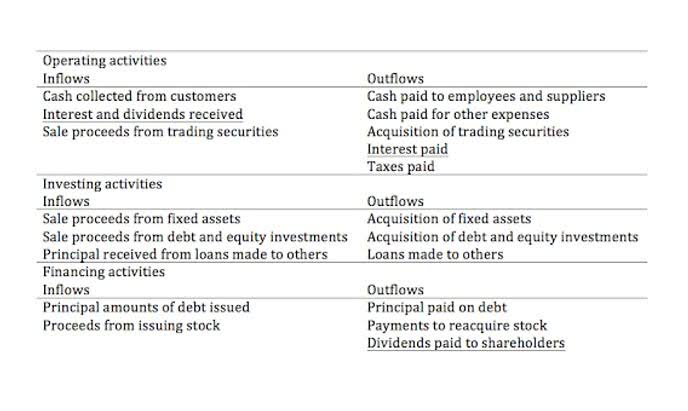What Is Unit Cost? Calculation Methods and Key Components Explained

Let’s consider an example to illustrate the importance of cost per unit analysis. By calculating the cost per unit, they can determine the profitability of each widget and make informed decisions regarding pricing, production volume, and cost-saving measures. It refers to what are retained earnings the average cost incurred to produce or deliver a single unit of a product or service. Calculating the cost per unit helps businesses evaluate their pricing strategies, identify cost-saving opportunities, and make informed decisions. Direct costs are the costs that can be easily traced to a specific unit of output, such as materials and labor.
Materials
The total cost may include direct materials, direct labor, manufacturing overhead, selling and administrative expenses, and other costs. The break-even point is calculated by dividing fixed costs by the contribution margin per unit, where the contribution margin is the selling price minus the variable cost. For example, if a product sells for $150, with a variable cost of $90, and fixed costs total $30,000, the contribution margin is $60, and the break-even point is 500 units. This analysis supports strategic planning and resource allocation by providing a clear picture of sales targets required to avoid losses. Dynamic pricing strategies, supported by real-time data analytics, allow companies to adjust prices based on market trends and inventory levels.

Best Wholesale Distribution Software for Small Businesses
Absorption costing allocates all manufacturing costs to the product, including direct materials, direct labor, and both variable and fixed overhead. This approach, required under GAAP for external reporting, provides a comprehensive view of product costs, aiding long-term pricing strategies. For example, if a product incurs $50 in materials, $30 in labor, and $20 in overhead per unit, the total unit cost would Legal E-Billing be $100.
- For e-commerce businesses, improving packaging efficiency and negotiating better shipping rates can also reduce unit costs.
- Having a clear returns policy and making the process fast and easy for the customer is essential.
- Macros allow you to record and repeat a set of actions, which is perfect for repetitive tasks.
- For example, a retailer holding outdated electronics inventory may need to reduce its book value to reflect diminished market demand.
- The cost per unit can be used to compare the profitability and efficiency of different products and services.
- Tracking unit costs allows manufacturers to assess and optimize production processes, ensuring efficiency and minimizing waste.
Latest tips to improve ecommerce logistics
- Let us understand the importance of using a cost per unit calculator through the points below.
- While you can always try to get customers to spend more (or you can charge them more money), the root cause of low margins is often high costs for the business.
- Understanding the cost of each unit you produce is essential to ensure your business remains profitable.
- On the contrary, the price per unit is how much you charge to your customer for each item sold.
- It is usually simpler to calculate the cost of total production per run or period of time and then divide the amount by the number of units produced.
- You omnichannel fulfillment partner that’s an extension of your brand, from unboxings to 2-day shipping.
Monitoring unit costs empowers manufacturers to make informed decisions about production processes, pricing, and investments. This data helps identify cost-saving opportunities and informs strategies for achieving economies of scale. Understanding the cost per unit enables businesses to set a selling price that ensures a healthy gross profit.
- To cover costs and achieve a profit, the company needs to set a unit price higher than $21.25.
- Cost per unit is a useful metric for businesses to measure and compare the average cost of producing each unit of output.
- AccountingTools states that the cost per unit should decrease as unit production increases.
- In this section, we delve into the concept of cost per unit and its significance in analyzing the average cost of producing each unit of output.

Businesses with complex cost structures and multiple factors influencing costs use this approach of activity-based costing (ABC). It links the costs directly to the activities or operations that drive them and helps evaluate resource consumption. For instance, a hospital or healthcare facility can allocate costs to activities related to patient care, diagnostic services, surgeries, and administrative costs.


Below are a few proven tips that you can follow to cut down your cost per unit. Cost per unit (or CPU) is a crucial financial metric that provides valuable insights integral to assessing the financial health of your business. Removing unprofitable products can save on storage fees and free up capital for more productive use within your business. Excel will automatically adjust the formula how to calculate cost per unit for each row, so you don’t need to worry about changing cell references. This little feature is a huge time-saver and ensures consistency across your data.

This Post Has 0 Comments